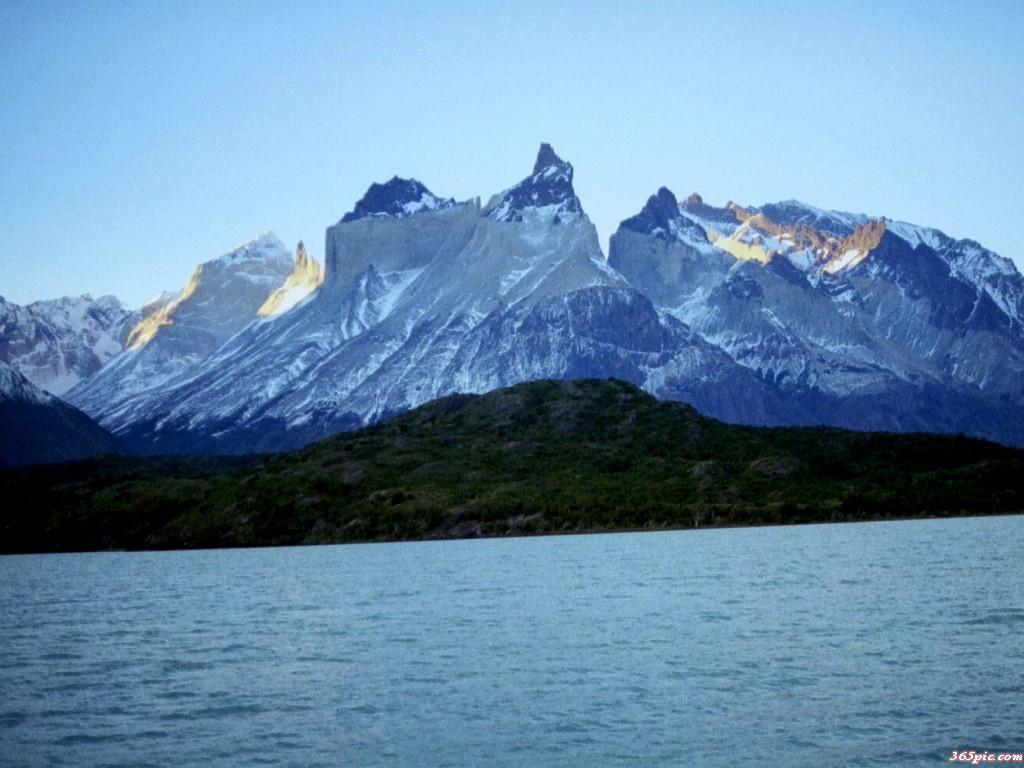The island of New Guinea is rich in terrestrial animals, including animal species from Asia and Australia, ranging from marsupials (mostly arboreal marsupials) and monotremes to rodents and even wild dogs and boars. This island is also known for its numerous birds and is known as a paradise for birds. The eating turkeys hidden in the dense forest have hard coronal protrusions on the top of their heads and flesh drooping under their necks. They are afraid of light and come out early and late to forage. They are larger birds. The color tone of the bird of paradise (also known as the wind bird) is extremely prominent, and the beautiful feathers of the male bird are rare among birds. The bowerbird, a type of songbird, builds its nest in a special “garden pavilion” and has peculiar feathers. The most unique is the camp mound bird, which does not hatch eggs themselves, but lays them in decaying leaves or soil piles, relying on sunlight and the heat of decaying organic matter to hatch. Reptiles and amphibians are more commonly distributed on the island.
Mangrove swamps can be seen almost everywhere along the coast, while palm trees grow inland. There are large areas of West Valley coconut forests along the delta and river coasts of the southern coast. Most areas below an altitude of approximately 1005m in New Guinea are primitive lowland rainforests. The central plateau above an altitude of 1005m is dotted with oak, beech, and pine forests. Most areas of the plateau basin have a large amount of natural vegetation that has been cut down by farmers living on the plateau to develop relatively intensive agriculture. The central plateau is the most densely populated area in New Guinea. The foothills forest areas in the northern central plateau and the grasslands in the sparsely populated Manburamo and Sepik river basins are characterized by slash and burn farming or rotational farming. The population on the northern coast is also quite dense.
New Guinea has a wide variety of plant species, including orchids, figs, and various artificial beeches. Wildlife includes many reptiles and some marsupials, such as tree kangaroos and knot toed animals. Birds are known for eating turkeys (a large, flightless bird), spectacular windbirds, and parrots.
New Guinea Island is located near the equator and in the transitional zone between Asia and Australia. It is not only rich in plant resources, but also has plant species from both continents. It contains various species of the Eucalyptus and Melaleuca genera from the Australian plant area, as well as plants from the Asian tropical plant area such as the Drosera and Palmae families. Two thirds of the island of New Guinea is covered by tropical forests. Due to the high altitude of the island, the vertical band spectrum is very obvious. Generally speaking, rainforests below 900m are low-lying areas with dense forests, diverse tree species, and five levels. There are many epiphytic and parasitic plants; 900-1800m is mountainous rainforest, and some sections are mixed with Podocarpus mongolicus and Araucaria lanceolata; 1800-3000m is a mixed forest, with moss lichens covering the trees; Above is the alpine meadow; Areas above 4400m are considered permanent snow cover zones.
With approximately 786000 square kilometers of tropical land, New Guinea has enormous ecological value: 11000 plant species; Almost 600 unique bird species, including the Paradise Bird; More than 400 species of amphibians; 455 species of butterflies; Including bondegezou, Goodfellow’s (Tree Kangaroo), Huon (Tree Kangaroo), Long beaked, Tenkile (mountain mouse), Marsupials and various mammals such as cuscus and possum. Most species, at least their origins, are shared with the Australian continent, which was part of the same vast land until quite recent geological periods.
The middle and upper reaches of many rivers in mountainous areas have turbulent water flow and abundant hydraulic resources. Forests account for over 70% of the island’s land area, most of which are primitive tropical forests. Due to economic backwardness and transportation difficulties, the vast majority of resources have not yet been developed and utilized.
